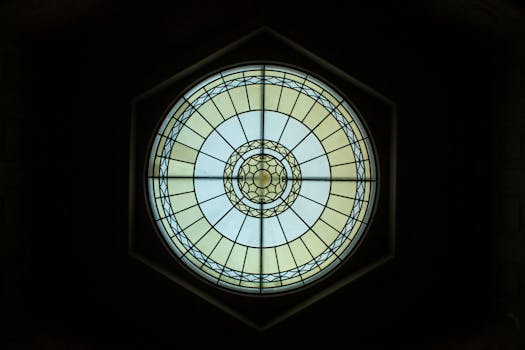
Traveling Through Time: How Europe’s Historical Heritage Shapes Modern Lifestyles in 2025
Traveling Through Time: How Europe’s Historical Heritage Shapes Modern Lifestyles in 2025. Europe, a continent steeped in history and tradition, has a unique ability to blend the old with the new. From the crumbling ruins of ancient civilizations to the sleek, modern cities of today, Europe’s historical heritage continues to shape modern lifestyles in profound ways. In this article, we’ll explore the many ways in which Europe’s past informs its present, and how travelers can experience this rich cultural heritage for themselves.
Architecture: A Reflection of the Past
One of the most obvious ways in which Europe’s historical heritage shapes modern lifestyles is through its architecture. From the Gothic spires of Paris to the Baroque palaces of Rome, Europe’s cities are filled with buildings that reflect the continent’s complex and varied past. Many of these structures have been beautifully restored and now serve as museums, hotels, and other public spaces, allowing visitors to experience the history of Europe firsthand. For example, the Colosseum in Rome, one of the most iconic landmarks in the world, is a testament to the engineering and architectural prowess of the ancient Romans.
Art and Culture: A Continuum of Creativity
Europe’s historical heritage has also had a profound impact on the continent’s art and culture. From the masterpieces of the Renaissance to the modern street art of Berlin, Europe’s cities are a treasure trove of creative expression. Many of the continent’s most famous museums, such as the Louvre in Paris and the Uffizi Gallery in Florence, are home to some of the world’s most iconic works of art, including the Mona Lisa and Botticelli’s Birth of Venus. These museums, and many others like them, serve as a testament to the enduring power of art to inspire and uplift us.
Cuisine: A Taste of Tradition
Europe’s historical heritage has also shaped the continent’s cuisine, with many traditional dishes and cooking techniques still widely practiced today. From the hearty stews of Ireland to the intricate pastries of France, Europe’s culinary landscape is a rich and varied one. Many of the continent’s most famous dishes, such as pasta carbonara and fish and chips, have their roots in traditional peasant cuisine, and have been passed down through generations. Visitors to Europe can sample these delicious dishes for themselves, and experience the warm hospitality of the European people.
Conclusion: A Legacy of Lifestyle
In conclusion, Europe’s historical heritage continues to shape modern lifestyles in profound ways. From architecture to art and cuisine, the continent’s rich cultural heritage is a source of inspiration and guidance for people all over the world. Whether you’re a history buff, a foodie, or simply a curious traveler, Europe has something to offer everyone. So why not start planning your trip to Europe today, and experience the timeless beauty of this incredible continent for yourself?





